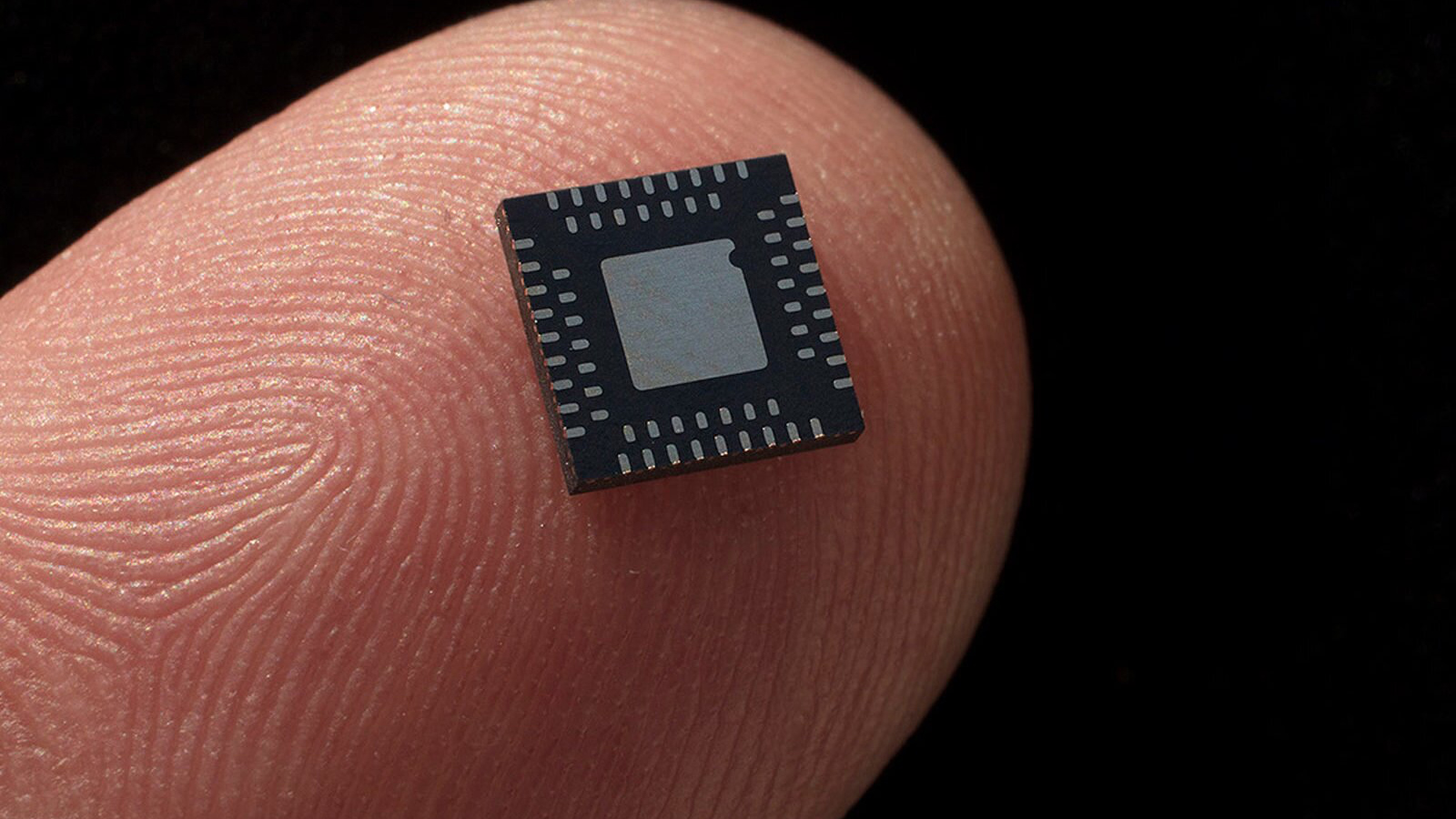Here's what Arm's next generation of chips will look like
Armv9 is the company’s response to key computing trends

The next iteration of Arm chips will be based on the Armv9 architecture announced yesterday, replacing the decade old Armv8.
Arm is well-known for developing the architecture that it then licenses to other companies, which then build products around the chips. Arm chips power several devices including popular single-board computers (SBCs) such as the Raspberry Pi.
Armv9 brings in a number of major enhancements over its predecessor particularly around security, Artificial Intelligence (AI), signal processing and performance.
- Here's our list of the best business laptops
- We've also put together a list of the best workstations on the market
- Need something more portable? Check out the best mobile workstations
“We’re going to deliver more performance, we will improve the security capabilities [ … ] and we will enhance the workload capabilities because of the shift that we see in compute that’s taking place,” said Ian Smythe, Arm’s VP of Marketing for its client business in an interview with TechCrunch.
New computing challenges
Arm argues that the new architecture comes in response to the evolving computing needs in the post-pandemic world. With the prevalence of digital-first and contactless environments, Armv9 lends itself to use cases that call for greater automation.
“The new capabilities in Armv9 will accelerate the move from general-purpose to more specialized compute across every application as AI, the Internet of Things (IoT) and 5G gain momentum globally,” the company said.
In a blog post, Arm’s CEO Simon Segars, Chief Executive Officer, explains that Armv9 addresses computing’s greatest challenge, namely security. Armv9 introduces the Arm Confidential Compute Architecture (CCA) for confidential computing with dynamically created Realms that will help protect sensitive data from the rest of the system.
Sign up to the TechRadar Pro newsletter to get all the top news, opinion, features and guidance your business needs to succeed!
Arm is also betting big on the proliferation of AI workloads. The new architecture includes Scalable Vector Extensions 2 (SVE2), the next iteration of the technology it developed in collaboration with Fujitsu, for greater machine learning performance.
“The launch of the Armv9 architecture signals a new era for our company; a globally-pervasive platform driving secure AI-driven computing that will enable our ecosystem of more than 1,000 partners well into the 2030s. Armv9 will be at the forefront of the next 300 billion Arm-based chips,” notes Segars.
- Take a look at our list of the best work from home essentials
Via: TechCrunch
With almost two decades of writing and reporting on Linux, Mayank Sharma would like everyone to think he’s TechRadar Pro’s expert on the topic. Of course, he’s just as interested in other computing topics, particularly cybersecurity, cloud, containers, and coding.
